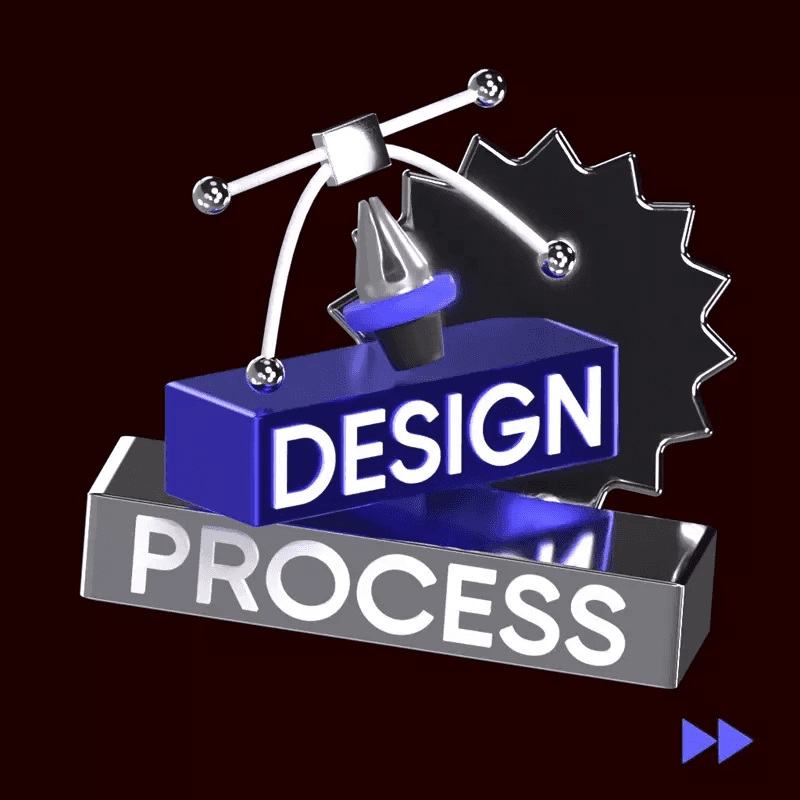Level of Detail (LOD) Techniques
Level of Detail (LOD) Techniques
Level of Detail (LOD) Techniques
Level of Detail (LOD) techniques refer to the methods used in computer graphics to optimize the rendering process by adjusting the level of detail in a 3D model based on its distance from the viewer. This helps improve performance and efficiency in rendering complex scenes while maintaining visual quality.
There are several LOD techniques commonly used in computer graphics, including:
Geometry Simplification: This technique involves reducing the complexity of a 3D model by simplifying its geometry, such as by removing unnecessary polygons or merging vertices.
Texture Mapping: LOD can also be achieved by using different levels of texture detail based on the distance of the object from the camera. Lower-resolution textures can be used for objects in the distance to save memory and processing power.
Impostors: Impostors are 2D representations of 3D objects that are used for distant objects to simulate their appearance without rendering the full 3D model. This helps improve performance by reducing the number of polygons rendered.
Level of Detail Switching: This technique involves dynamically switching between different LOD versions of a 3D model based on the distance of the object from the camera. This allows for optimal balance between visual quality and performance.
Overall, LOD techniques play a crucial role in optimizing the rendering process in computer graphics, allowing for smoother and more efficient rendering of complex 3D scenes.
15,000+ customizable 3D design assets
for UI/UX, website, app design and more


quote post


Information post


marketing post
Sign up for free
View All
A
B
C
D
E
F
G
H
I
J
K
L
M
N
O
P
Q
R
S
T
U
V
W
X
Y
Z
#
View All
A
B
C
D
E
F
G
H
I
J
K
L
M
N
O
P
Q
R
S
T
U
V
W
X
Y
Z
#
View All
A
B
C
D
E
F
G
H
I
J
K
L
M
N
O
P
Q
R
S
T
U
V
W
X
Y
Z
#
Tools
Create
Tools
Create